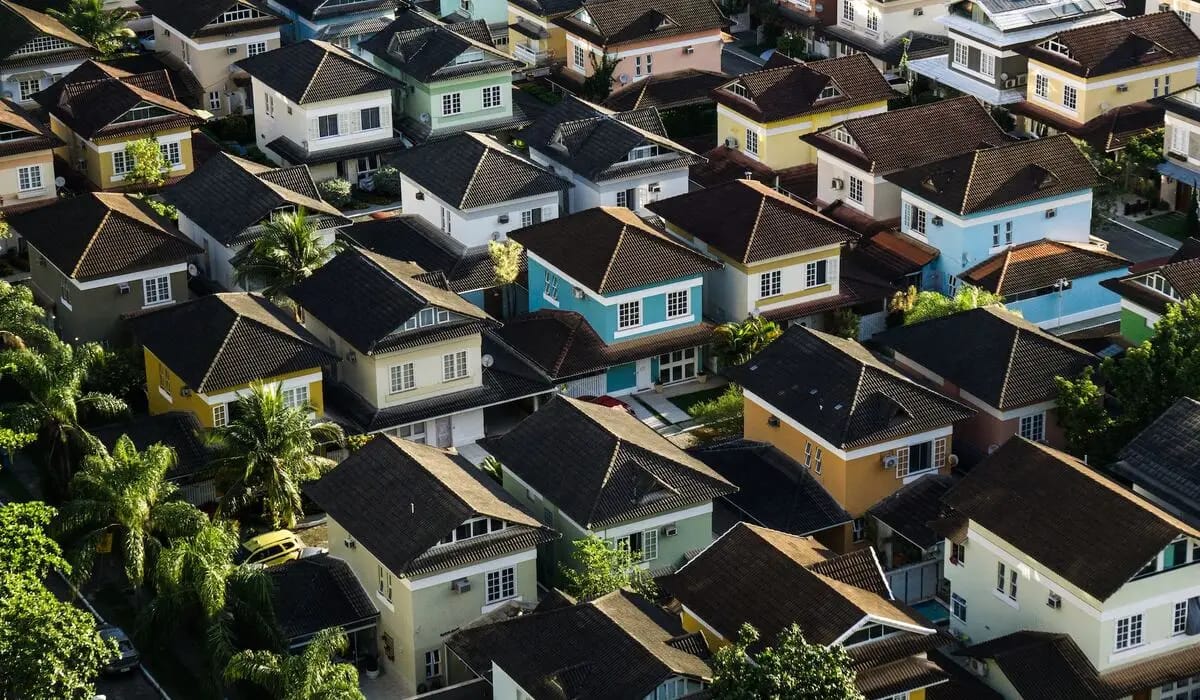Are you in the market for a new home but can’t decide between a flat or an apartment? If so, you’re in the right place! Here, we’ll explore the differences between flats and apartments and provide helpful insights on deciding which is right for you. Whether you’re searching through real estate classifieds or browsing flats and apartments for sale, understanding the differences between these two housing types can help you make an informed decision.
Location
The location of a flat or apartment for sale can also be a key factor in your decision. Flats are often located in the heart of a city, close to public transportation and other amenities. This can make them ideal for people who want to be in the middle of the action. Apartments, on the other hand, can be found in a variety of locations, from city centers to suburban areas, and they may be more spread out than flats.
Size
Flats tend to be smaller than apartments, with most flats having just one room. Apartments can range from a single room up to two or three bedrooms. It’s important to consider the size when choosing between a flat and an apartment, as this will affect your living arrangements. If you have a family, for example, then an apartment with multiple bedrooms would be the better choice. On the other hand, if you’re living alone or with one other person, then a flat would be a more suitable option. Check through the real estate classified ads to determine the right type of housing for your needs.
Number of Bedrooms
Flats typically come with one or two bedrooms, while apartments can have anywhere from two to five or more. Larger flats and duplexes may have as many as four or five bedrooms, but it’s important to note that larger units like this are quite rare. Apartments are larger than flats, making them more likely to have more bedrooms.
Building Amenities
One of the advantages of living in an apartment is that it often comes with a range of amenities, such as a gym, pool, and laundry facilities. These amenities are typically shared by all residents of the building and are maintained by the landlord or property management company. Flats, on the other hand, may not have any amenities, or they may only have basic amenities such as a parking space or a small outdoor area.
Rent
The rent of flats and apartments can vary significantly. Flats tend to be cheaper and mostly rented out for the short term. This means tenants are usually tied into a contract for a certain period (usually around six months). Apartments, on the other hand, tend to have longer rental periods. The cost will depend on the size and location, but it is generally more expensive than renting a flat. The rental period for an apartment can range from one year to several years, depending on the agreement between the landlord and the tenant. Some landlords may even offer monthly or quarterly payment plans for tenants who prefer this type of arrangement.
Furnished or Unfurnished
Flats tend to come unfurnished, meaning that tenants have to provide their own furniture and other necessary items, such as kitchen equipment. In contrast, apartments are generally furnished and include a range of furniture, such as beds, sofas, and tables, as well as kitchenware. Whether or not a property is furnished can affect the rent amount. Unfurnished properties usually have a lower rent compared to furnished ones, as tenants need to purchase their own furniture. However, this can also provide more flexibility for tenants, allowing them to choose their own pieces and create a unique living space.
Maintenance
The amount of maintenance required for a flat or apartment depends on the type of property and the condition it is in. Flats typically require less maintenance than apartments because they are typically smaller and have fewer features. In a flat, you will only need to maintain the space inside your own unit, such as replacing lightbulbs, repairing any plumbing issues, etc. Apartments, however, may require more upkeep since they often include shared outdoor spaces that need to be maintained, such as communal gardens and shared laundry facilities. In addition, some apartments may require regular maintenance by the building’s management, such as painting or carpet cleaning, which can add additional costs to your monthly rent.
When looking for flats and apartments for sale, consider all the above options to make a wise decision.







